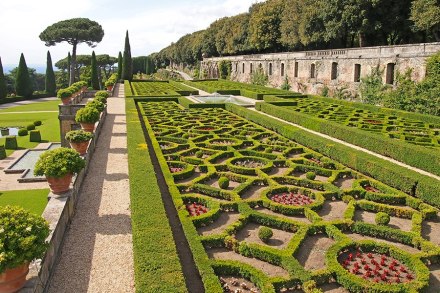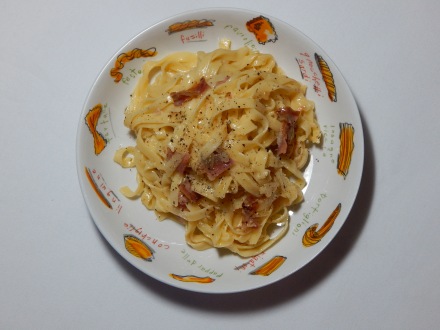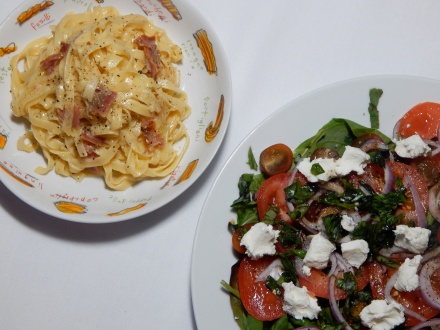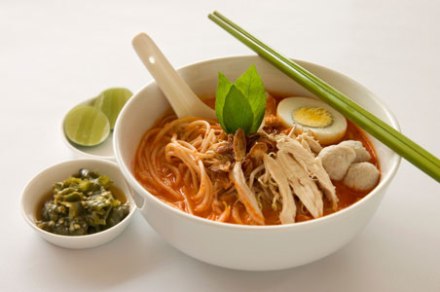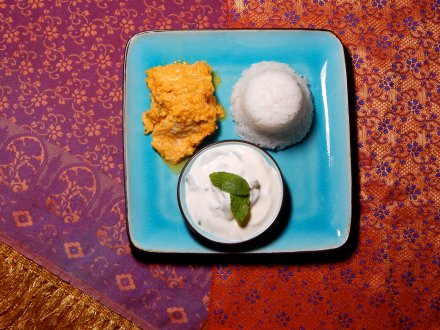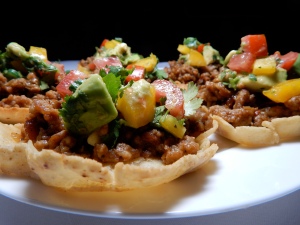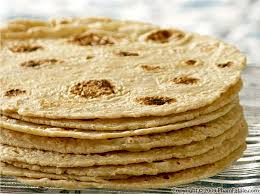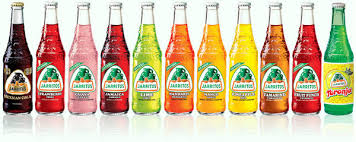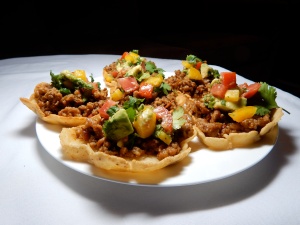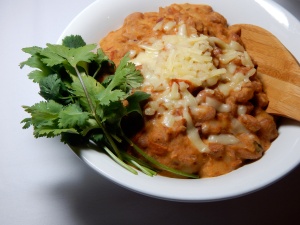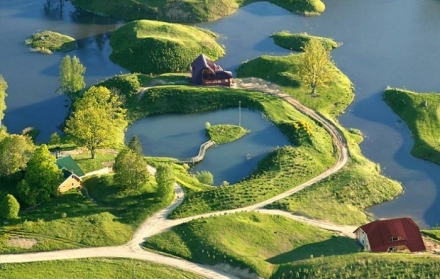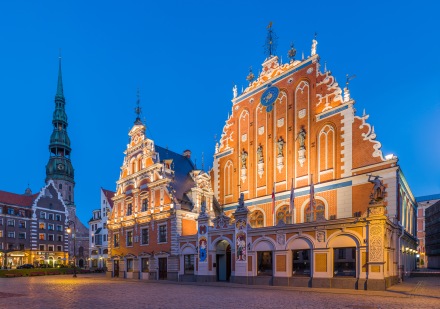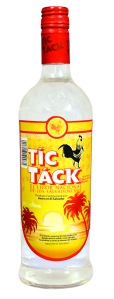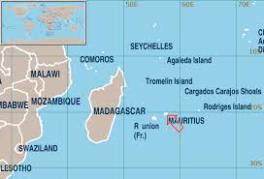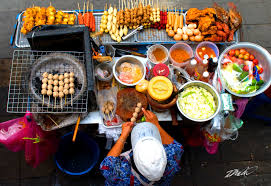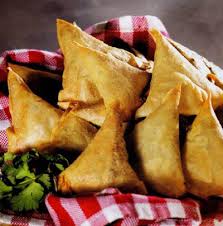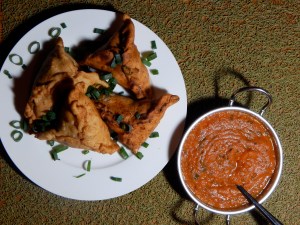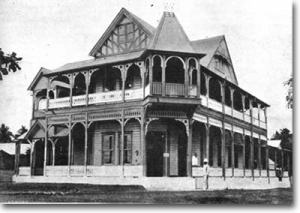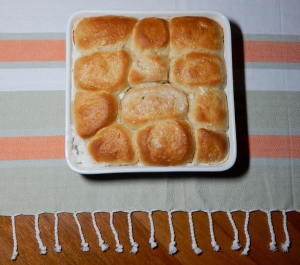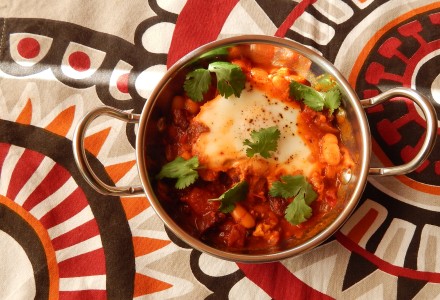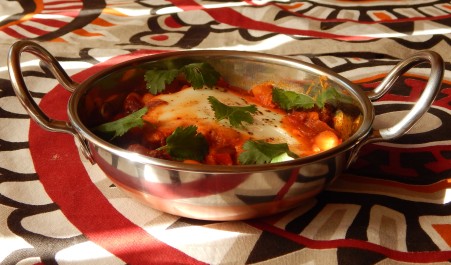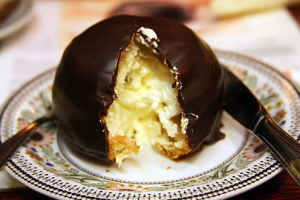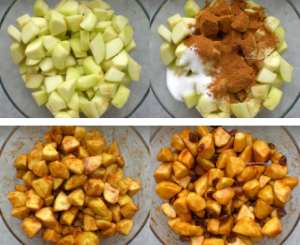EGYPT –
Aish Baladi, Lamb Kofta and Pistachio Dukkah.
Ah Egypt! Who has not heard of this most fabled land? – cradle of civilization and still a place of mystery and wonder. A tourist destination for centuries, even the ancient Greeks and imperial Romans marveled at its monuments and it has lost none of its amazing allure today.

Ras Mohammed N.Park
From the seething ancient/modern cities of Cairo and Alexandria, the famed Great Pyramids of Giza and the Valley of Kings, the magnificent ruins of Karnak, Abydos and Luxor. The Suez canal, the medieval Ottoman town of Al-Qasr, cruising the picturesque Nile itself, palm fringed oasis where you can bathe in natural hot springs in Cleopatra’s Bath and the stark beauty of the White Desert National Park, Sahra al-Beida….the Aladdin’s Cave of Cairo’s teeming markets, and everywhere you go in Egypt is stepping back in time into myth and legend.

Dunes in Western Egypt
The Food
How extraordinary to make food that was eaten by ancient Egyptian workers building the pyramids! In fact the pyramid builders were paid with bread and onions!
Making any kind of bread I always think is a very atavistic process, there is something so elemental and satisfying about making bread, especially yeast risen breads, which is a little bit of alchemy – a mysterious magic trick. The food of Egypt is based around breads, most commonly the pita bread aish baladi, whose very name means life or sustenance. Made from emmer wheat (hulled, as is the now popular spelt wheat ) it’s baked at very high temperatures so the bread puffs up to form a pocket, which is then used as a utensil to scoop up dips and vegetables and wrap around chunks of food like kebab, dolma and falafel.

Egyptian Spices & Dry Goods
The other great staple of the Egyptian diet is beans and lentils, in particular ful (fava beans or broad beans) and brown lentils, these are some of the oldest known foods and have been found in Egyptian tombs. Still popular after centuries are such vegetables as eggplant, onions and garlic(used extensively) celery and squashes and leafy greens like lettuces, mallow and jute. A wide range of grains are the starchy staples, millet which is easily grown in dry conditions, barley also used to make the ubiquitous beer which together with bread and spring onions (scallions) formed the basic diet.
Traditionally beef, lamb and goat was supplied from domestic animals along with game such as pigeon, duck and rabbit. Especially prized is brains and liver. Fish both fresh water and ocean and a wide range of seafood is very popular. The culinary heritage has been influenced by the robust Moroccan cuisine and of course the cuisines of the Eastern Mediterranean. Most noticeable in desserts which are very sweet and feature nuts, fruits like figs, dates, and melons, with honey, filo pastry and spices such as cinnamon.

Serving food on Temple
Recently dukkah has been very popular (here in Aussie at least) and has found its way onto many trendy menus, especially on eggs, vegetable salads, and flat breads and in many different varieties including hazelnut and pistachio as well as the more common almond. My favourite brunch dish at the moment is a poached egg on sour-dough toast with avocado, diced tomato, showered with my own spicy dukkah. I really recommend this delicious condiment and it’s super easy to make with a spice grinder or food processor, if you try it, you’ll fall in love with it too!
The Recipes
Egyptian Flatbread – Aish Baladi
This recipe was taken from http://www.saveur.com and changed a little to suit home cooking better.When I made it, for some reason I cooked it in a fry pan on the stove top – which didn’t work very well! I suggest you follow the recipe and bake it in a very hot oven on a hot oven tray.
Ingredients
- Dissolve sugar in water, in bowl of mixer if you have one. Mix in yeast and let stand until foamy, 10 minutes.
- Add rest of ingredients and mix with dough hook or by hand, knead 10 minutes, cover and let stand for 30 minutes.
- Let stand until doubled in size, about 1 1⁄2 hours.
- Place a baking stone on a rack in the oven and heat the oven to 500° for 30 minutes, or use a heavy oven tray and heat 15 minutes. Meanwhile, punch the dough down and divide into 8 equal pieces.
- Roll each piece into a ball and then flatten/roll into a 5-inch circle. Lightly sprinkle the bran or more flour and loosely cover with a kitchen towel.
- Let stand until slightly puffed, about 30 minutes
- Working in batches, place the dough circles on the hot baking stone, spaced 2 inches apart, and bake until puffed and lightly charred in spots, 6 to 8 minutes. Transfer to a rack and cool before serving.
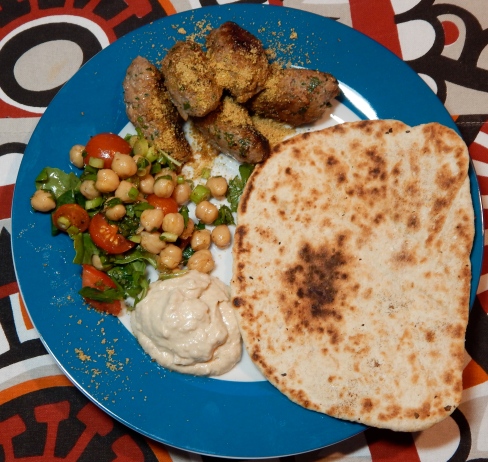
Egyptian Meal
Lamb Kefta
- 500 gm lamb mince
- 1/2 bunch finely chopped parsley
- 1 finely chopped small onion
- 2 cloves crushed garlic
- 1 tb chopped oregano
- 1 Tbs salt
- 1 tsp freshly ground black pepper
- 1/2 tsp cumin powder
- 1 tsp nutmeg
Directions:
- Mix the onion and garlic with the spices and let it stand for 15 minutes
- Add the meat and rest of ingredients to the onion and mix well. Shape the meat into kofta shapes.(long oval fingers)
- Lightly oil large heavy fry pan, heat the pan over medium high heat. When the pan is hot, add the koftas and pan fry on all sides.
- Lower the heat and cover the pan. Cook for 5 minutes. Then uncover the pan and let any liquid evaporate.
These kefteh need some sort of sauce to go with them, some hummus, baba ganoush, tzatziki, bean dip, a spicy tomato sauce or even greek yogurt will all work and add moisture to an otherwise dry dish.
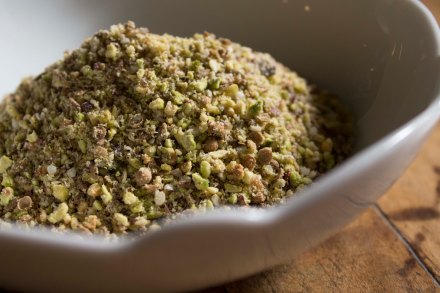
Pistachio Dukkah
Pistachio Dukkah
Ingredients
- 40g (1/4 cup) sesame seeds
- 75g (1/2 cup) pistachio kernels, finely chopped
- 3 teaspoons ground coriander
- 3 teaspoons ground cumin
- 1/2 teaspoon freshly ground black pepper
- 1 teaspoon salt
Method
-
Toast the sesame seeds in a small dry pan, stirring until golden. Put aside to cool
-
Toast pistachios for 1 minutes. Put aside in another bowl, then toast coriander, cumin and pepper for 1 minute or until aromatic. Stir in the salt and set aside to cool. Grind to fine powder
-
Process nuts until very finely chopped. Mix in nuts and sesame seeds and mix well
-
Store dukkah in an airtight container or jar, in a cool, dry place for up to 2 months.
This is a delicious sprinkle to add a flavourful punch to lots of things from steamed or roasted vegetables, poached eggs, grilled chicken, fish or dips like hummus. If you try nothing else – do try this – it’ll become your latest favourite thing!
Tasting notes: this meal was very similar to meals we often eat , the bread was a bit heavy – sadly I wasn’t able top get it to puff up to form a proper pocket. The kefteh were ok, we have had better – these were rather plain for our tastes…….but we loved the dukkah which lifted them into something quite special.
Overall Score: 7/10 for the whole meal, 9/10 for the dukkah on its own.



